For many garden enthusiasts and bird watchers, creating a welcoming environment for local avian visitors is a top priority. We plant native species, install bird baths, and set up feeders—all in hopes of attracting colorful winged visitors to our outdoor spaces. Yet sometimes, despite our best efforts, birds seem to avoid our carefully crafted sanctuaries. If you’ve noticed a decline in feathered visitors, your beloved wind chimes might be the unexpected culprit. These melodic garden decorations, while pleasing to human ears, can create an environment that birds find threatening or uncomfortable. Understanding how and why wind chimes affect bird behavior can help you create a more bird-friendly garden without necessarily giving up your decorative sound elements entirely.
The Natural Sensitivity of Birds to Sound
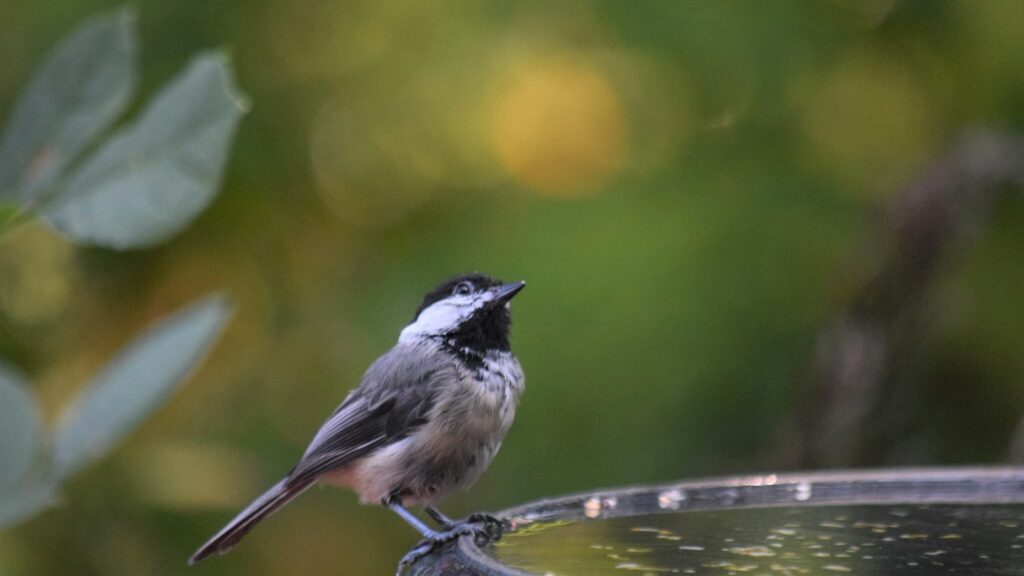
Birds possess remarkably sensitive hearing capabilities that far exceed human auditory perception in many ways. Their survival in the wild depends on detecting subtle sounds that might signal danger, food sources, or potential mates. Unlike humans, many bird species can hear frequencies beyond our range and detect minute changes in sound patterns that would go unnoticed by our ears. This heightened sensitivity serves as a crucial survival mechanism in their natural environment, allowing them to respond quickly to potential threats. When wind chimes produce constant, unpredictable sounds, birds may perceive these unfamiliar noises as potential danger signals, triggering their instinctive fight-or-flight response. This biological adaptation that normally protects them in the wild can make them wary of environments where wind chimes create persistent, unusual soundscapes.
Wind Chimes Mimic Predator Warning Signals

One of the primary reasons wind chimes may scare birds away lies in their acoustic similarity to natural warning systems in avian communities. In the wild, sudden movements and metallic sounds often indicate danger, such as predators moving through vegetation or disturbing objects in their path. Many bird species have evolved to associate unexpected, irregular sounds with potential threats, causing them to vacate an area when such noises persist. Wind chimes, with their unpredictable tinkling and clanging, can unintentionally mimic these danger signals. Even more concerning for birds, wind chimes create these alarming sounds without any visible threat, creating a confusing and seemingly unsafe environment that prudent birds will choose to avoid. This evolutionary response is particularly strong in smaller songbird species that are frequent targets for predators.
The Impact of Different Wind Chime Materials

The materials used in wind chime construction significantly influence how birds respond to their presence in your garden. Metal wind chimes, particularly aluminum and copper varieties, typically produce the highest-pitched, most penetrating sounds that travel farthest through the air. These metallic tones can be particularly startling to birds, resembling alarm calls or the sharp sounds of predator movement. Wooden chimes, by contrast, create softer, more muffled tones that generally prove less disruptive to the avian nervous system. Bamboo chimes often produce gentler, more natural sounds that may be better tolerated by local bird populations. Glass and ceramic chimes fall somewhere in between, with their distinctive tones potentially causing varied responses depending on the bird species and individual sound sensitivity. Understanding these material differences can help you make informed choices if you wish to maintain both wind chimes and bird visitors.
Size and Volume Considerations

The physical dimensions and resulting volume of your wind chimes play crucial roles in determining their impact on bird populations. Larger wind chimes naturally produce louder, deeper tones that can travel greater distances and affect a wider area of your garden space. These imposing sound profiles can effectively create “no-go zones” for sensitive bird species, preventing them from approaching otherwise attractive features like feeders or bird baths. Small, delicate wind chimes with lighter components generally create gentler sounds that may be less intimidating to birds, though they can still cause wariness in particularly skittish species. The placement of your chimes relative to feeding stations also matters significantly—even smaller chimes placed directly adjacent to bird feeders can discourage visitation due to their proximity. Wind exposure in your particular location will also determine how frequently and loudly your chimes sound, with more protected areas potentially allowing for better bird-chime coexistence.
Birds’ Adaptive Behaviors and Habituation
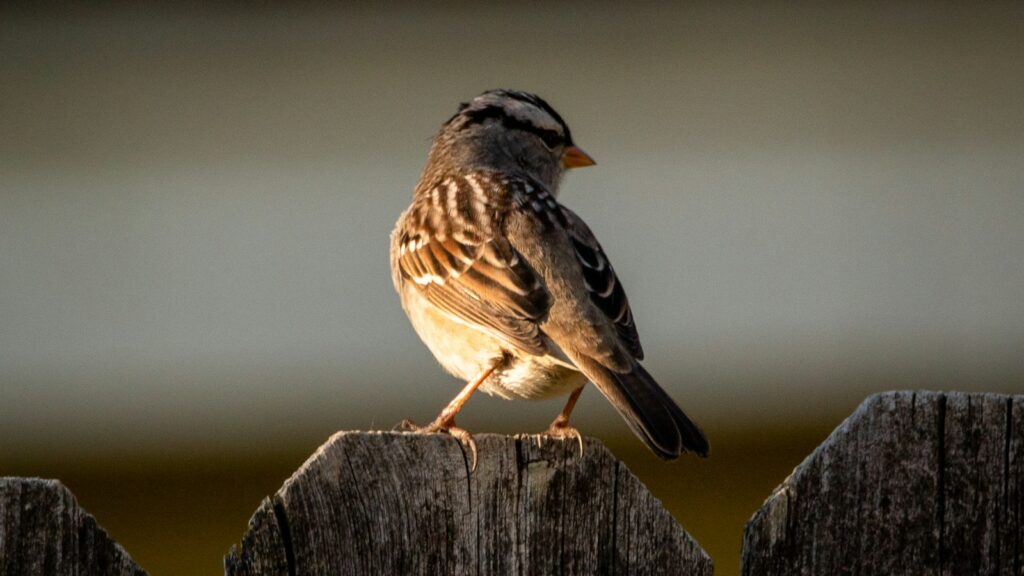
While many birds initially respond negatively to wind chimes, their remarkable adaptability sometimes allows them to overcome this wariness through a process called habituation. This neurological phenomenon occurs when birds gradually become accustomed to consistent, non-threatening stimuli in their environment. Some more adaptable species, particularly those that thrive in urban environments like American robins, house sparrows, and certain finches, may eventually determine that wind chimes pose no actual threat after observing them over time. The habituation process varies widely among species, with bolder, more adaptable birds potentially accepting the presence of wind chimes within days or weeks, while more cautious species may never fully acclimate. Factors influencing habituation include the regularity of the chime sounds, the abundance of food sources nearby, and the birds’ prior experiences with similar stimuli. However, garden owners should recognize that even among habituated birds, sudden loud chime sounds during high winds might still trigger temporary flight responses.
Territorial Disruption Effects
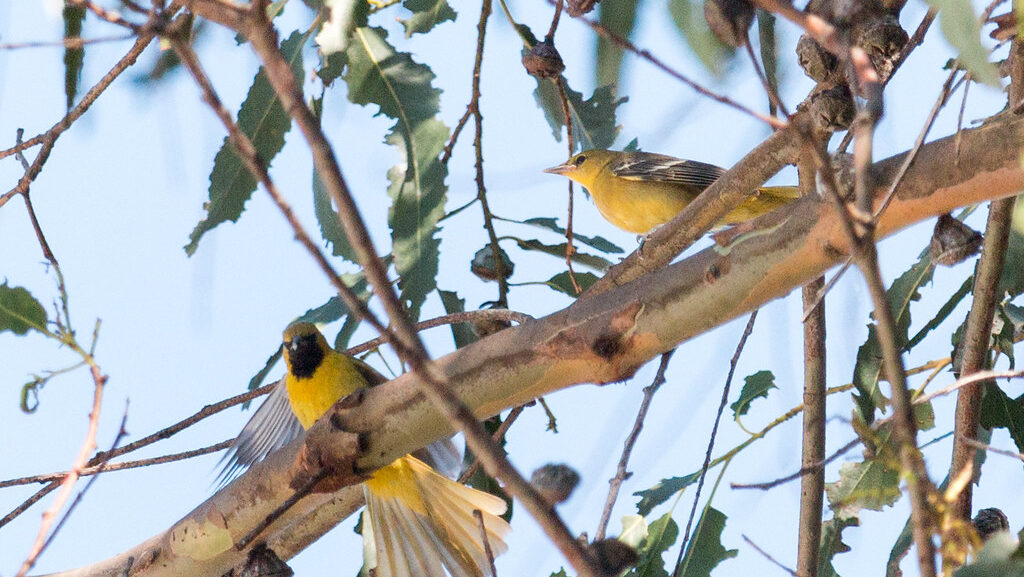
Beyond simply creating frightening sounds, wind chimes can fundamentally interfere with the territorial behaviors essential to bird breeding and survival. Many bird species rely on distinctive songs and calls to establish territory boundaries, attract mates, and communicate with existing partners and offspring. The persistent sounds from wind chimes can mask these crucial acoustic signals, making it difficult for birds to effectively defend their territories or locate potential mates. During breeding season, this disruption can be particularly problematic, potentially reducing nesting success in areas near wind chimes. Some studies suggest that noise pollution, including that from decorative sound sources, can force birds to sing at higher pitches or alter their natural calling patterns in attempts to overcome the auditory interference. These adaptations require additional energy expenditure and may not be equally possible for all species, potentially leading to imbalances in local bird populations as more adaptable species outcompete sensitive ones in noise-affected areas.
Species-Specific Responses to Wind Chimes
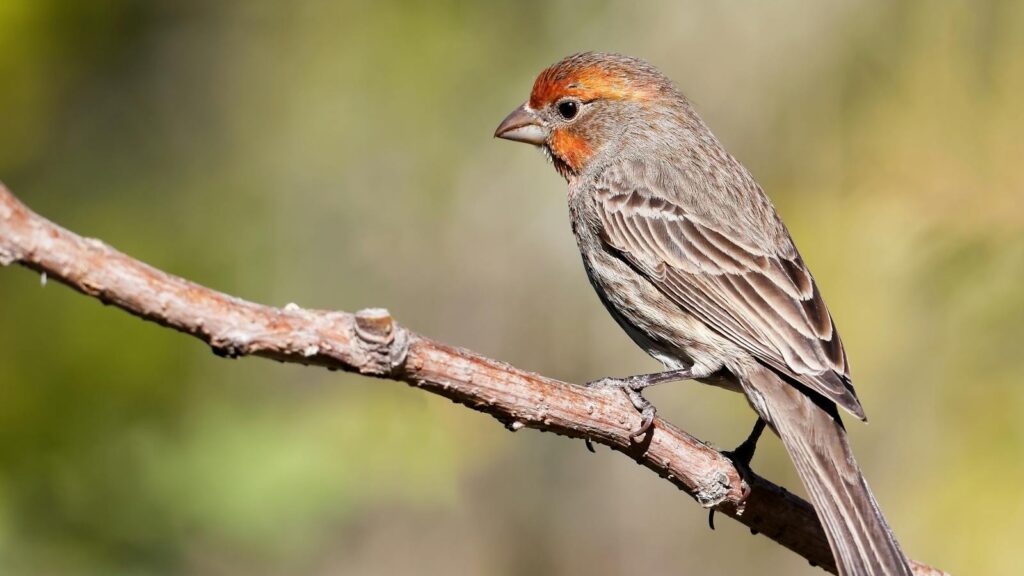
Bird reactions to wind chimes vary dramatically depending on species, with some showing far greater tolerance than others. Generally, larger birds like crows, ravens, and certain jay species demonstrate greater boldness around unusual sounds and may be less deterred by the presence of wind chimes. These more adaptable species often possess higher cognitive abilities that allow them to more quickly assess and dismiss non-threatening stimuli. By contrast, smaller songbirds such as finches, chickadees, and warblers typically display heightened sensitivity to unfamiliar sounds and may permanently avoid areas where wind chimes are installed. Ground-feeding birds like doves and juncos seem particularly susceptible to startling from overhead sounds, making them especially likely to avoid wind chime areas. Migratory species passing through may show the strongest avoidance behaviors, as they lack the time or evolutionary pressure to habituate to novel sounds in temporary stopover locations. Understanding which bird species you most wish to attract can help inform decisions about wind chime placement and selection.
Strategic Placement to Minimize Bird Disturbance

If you appreciate both wind chimes and bird visitors, strategic placement can help create a garden that accommodates both preferences. Consider establishing designated “quiet zones” in your garden where feeders, bird baths, and nesting boxes remain well separated from any wind chimes. A distance of at least 15-20 feet between chimes and bird-specific features often provides sufficient buffer to prevent complete avoidance by most species. Placing wind chimes near human-centered areas like patios, porches, or garden seating areas—rather than in prime bird habitat—can help minimize wildlife disruption while still allowing you to enjoy their melodies. Some garden enthusiasts successfully create sound barriers using dense vegetation between chime locations and bird feeding stations, which can help dampen and diffuse the sound waves before they reach sensitive avian ears. Seasonal adjustments might also prove beneficial—temporarily relocating or removing wind chimes during peak migration or breeding seasons can make your garden more hospitable during these critical periods in birds’ life cycles.
Alternative Wind Chime Options for Bird Lovers

For those unwilling to completely abandon wind chimes but concerned about their impact on local birds, several bird-friendlier alternatives exist in today’s market. Silent visual wind chimes, which use reflective or colorful elements that move in the breeze without producing sound, can provide similar aesthetic appeal without the acoustic disruption. Some manufacturers now offer “wildlife-friendly” wind chimes specifically designed to produce softer, less jarring tones that minimize impact on sensitive wildlife. These often feature dampened striking mechanisms and materials selected for their gentler acoustic properties. Timed wind chimes that can be programmed to remain silent during peak bird activity periods (typically early morning and late afternoon) represent another technological solution to this dilemma. For the crafty garden enthusiast, DIY wind chimes made from natural materials like dried seed pods, pine cones, or wooden beads typically create softer sounds that prove less disruptive to avian visitors while still providing pleasant ambient garden sounds for human enjoyment.
The Scientific Evidence Behind Bird Aversion
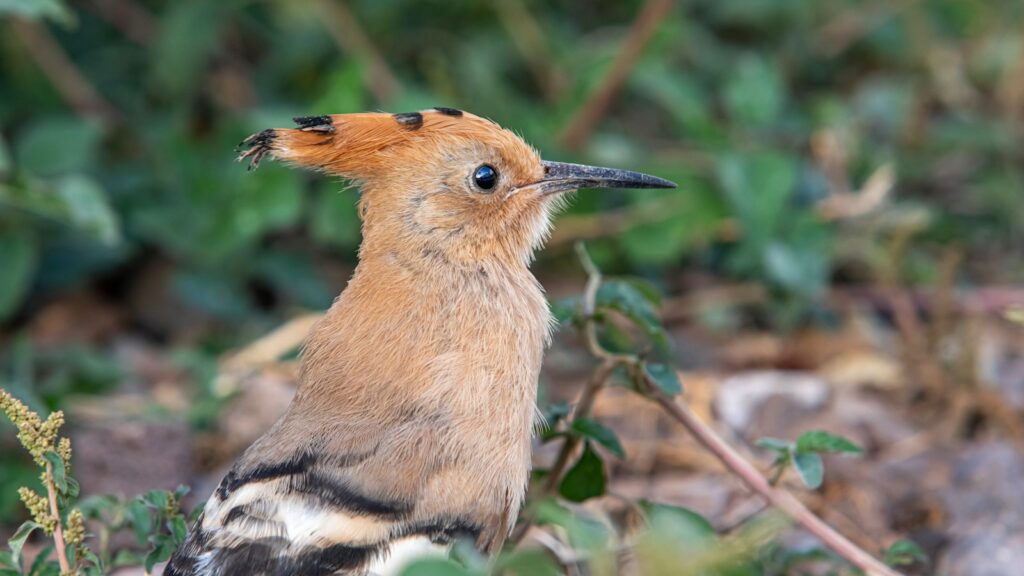
Research in ornithology and bioacoustics has increasingly documented the negative effects of anthropogenic noise on bird populations, providing scientific context for anecdotal observations about wind chimes. Multiple studies have demonstrated that persistent background noise can interfere with birds’ ability to detect predators, locate food sources, and communicate effectively with conspecifics. A notable 2013 study published in the Proceedings of the Royal Society B found that experimental introduction of noise similar to wind chime frequencies resulted in significant reductions in nesting success for several songbird species. Researchers at the Cornell Lab of Ornithology have documented how noise pollution forces birds to expend additional energy modifying their songs or abandoning otherwise suitable habitat altogether. While few studies have specifically isolated wind chimes as variables, the acoustic principles underlying bird responses to these decorative items align closely with broader scientific findings about avian responses to intermittent, unpredictable sound sources. This growing body of evidence suggests that concerns about wind chimes deterring birds rest on solid scientific ground rather than mere supposition.
Balancing Aesthetics and Wildlife Considerations

Creating a garden that satisfies both human aesthetic preferences and wildlife needs requires thoughtful compromise and prioritization. Consider what matters most in your outdoor space—if bird watching and supporting local biodiversity rank as primary goals, you might choose to limit wind chimes to areas furthest from critical bird habitat or select only the most muted designs. Conversely, if the sensory experience of wind chimes significantly enhances your garden enjoyment, you might focus bird-attraction efforts in sections of your yard naturally sheltered from chime sounds. Many garden enthusiasts successfully implement a rotation system, displaying wind chimes during seasons when certain beloved bird species aren’t present and removing them during crucial migration or nesting periods. Ultimately, awareness of how our decorative choices impact wildlife allows for more informed decisions that reflect our values about environmental stewardship. By acknowledging that our aesthetic preferences sometimes conflict with wildlife needs, we can make conscious choices about which compromises best align with our personal priorities for outdoor spaces.
Cultural Perspectives on Wind Chimes and Birds

Different cultural traditions offer fascinating insights into the relationship between wind chimes and birds. In Feng Shui practice, wind chimes are believed to attract positive energy while repelling negative forces—including pest birds that might damage gardens or create messes. This intentional bird-repelling function shows that in some traditions, the effect wind chimes have on birds is not considered problematic but beneficial. Conversely, in Japanese gardens, the emphasis on creating harmony with nature has led to the development of gentler furin bells specifically designed to complement rather than disturb the natural soundscape, including bird songs. Native American traditions often emphasize listening to natural sounds, including bird vocalizations, as a form of connection with the environment—a practice potentially hindered by artificial sounds like wind chimes. These diverse cultural perspectives remind us that our relationship with both decorative objects and wildlife exists within broader philosophical frameworks about humans’ place in the natural world. Exploring these varied traditions can enrich our understanding of how different cultures have addressed similar tensions between human aesthetic preferences and wildlife conservation.
Conclusion: Finding Harmony Between Chimes and Chirps
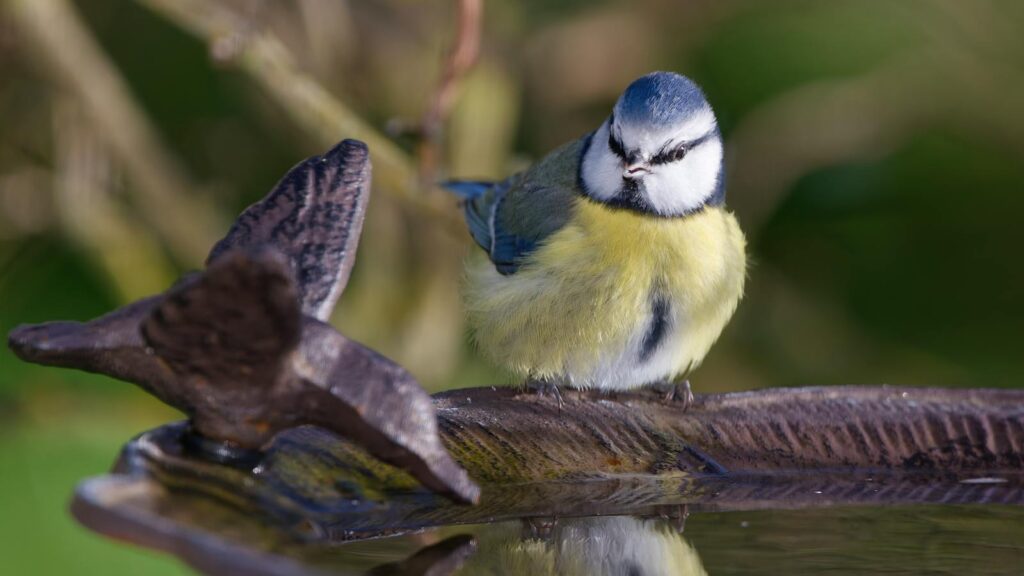
The relationship between wind chimes and bird populations in your garden involves complex interactions of sound, biology, and behavior. While wind chimes can indeed deter birds through their unpredictable sounds and similarity to danger signals, thoughtful approaches can help create environments where both can coexist. By understanding which chime materials, sizes, and placements minimize impact on birds, garden enthusiasts can make informed choices that reflect their priorities. Whether you choose bird-friendly chime alternatives, establish separate zones for chimes and feeders, or implement seasonal rotations, awareness of how these decorative items affect wildlife empowers more responsible decision-making. Ultimately, our gardens represent personal expressions of our relationship with nature, where we can strive to balance human aesthetic preferences with creating genuinely hospitable environments for the creatures with whom we share our outdoor spaces. With careful consideration, the melodious tones of wind chimes and the cheerful chirping of birds can both find their place in your garden sanctuary.
